

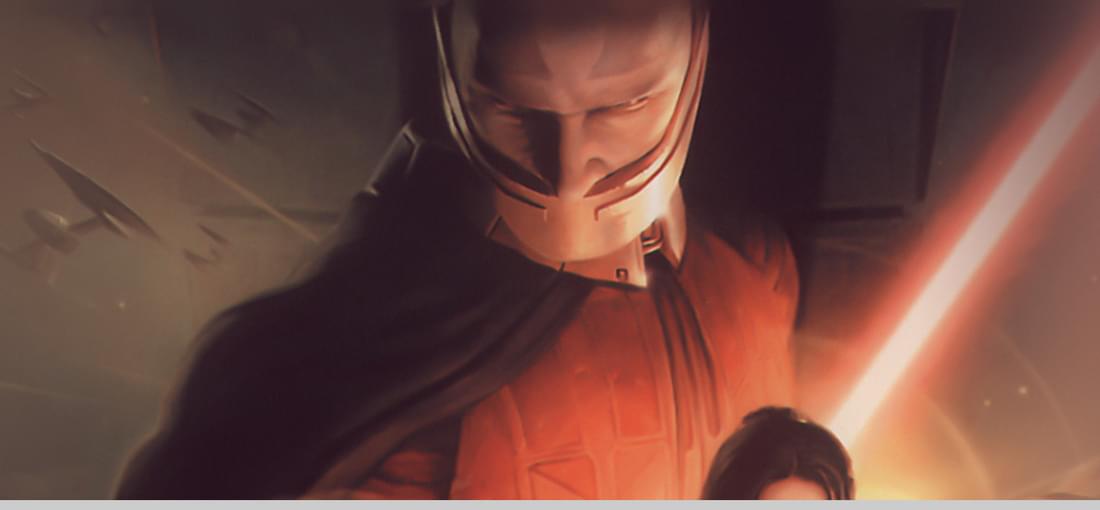
Was this a good game 20 years ago? Most likely. Is this game worths to buy and play in 2023? No, not really. For start, you need to make a few preparations to make it work, like changing your graphic card settings so you don't get stuck in place after every battle, or use 3rd party tools like Flawless Widescreen to reach a non-distorted resolution. After these two you only need to deal with the frequent crashes both ingame and during launch (I dropped the game when I could only start it normally after 8 tries, jut so it crash when I wanted to save the game). But technical issues aside (you can run it on an old PC or emulator with no issues after all), I still couldn't recommend the game. Objective reasons: the gameplay itself is really outdated. It uses an RPG ruleset similar to D&D 3rd edition, and the battles are basicallyclick on the enemy to attack, then sit and watch until you've rolled enough succes on the dice for it to die. Sometimes use medkits, shields, jedi powers. The conrols between are clunky, like you need to be at a precise distance and angle with the camera to see the lootable containers/remains or diffuse mines. The environment is really barren and ugly, this was very common in early 3D games but ages like milk. Subjective reasons: people say that the game gets better after leaving Taris. For me it was quite the opposite: Taris had interesing plotlines, well-designed environments, and was a true Star Wars setting. After Taris you are forced (pun intended) to turn into a Jedi which is the most boring part of the whole SW universe, but here its even more lacklusting: you need to hit a big wold with horns 43 times with a lightsaber to defeat it. I felt weaker after getting my lightsaber and jedi training than being a simple soldier with 2 vibroblades or blasters. There are really good parts in the game, the side stories and quests are interesting, I loved the Taris quests and setting, but constantly felt bored after that. Could use a remake.
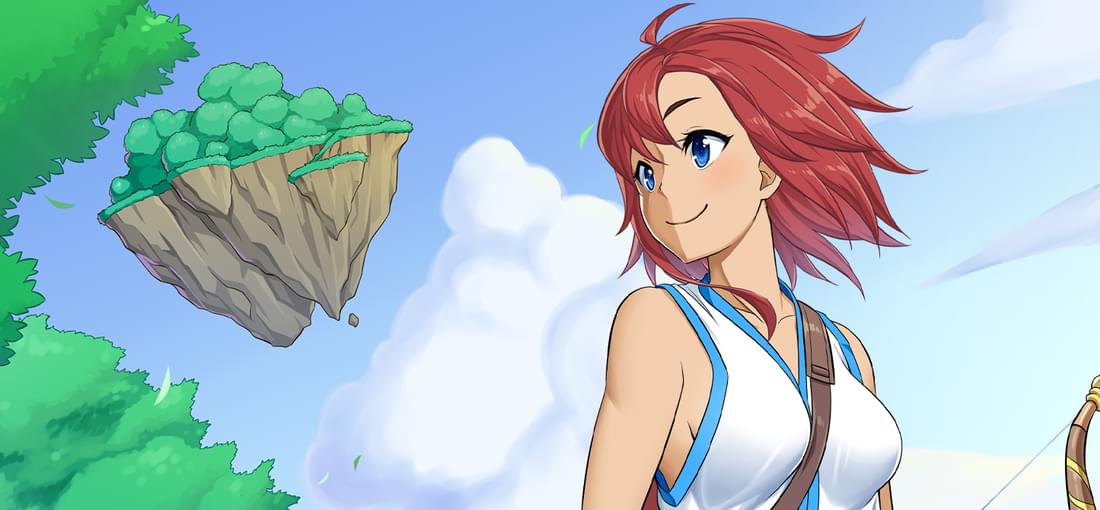
"Ara Fell combines the best parts of Japanese-style roleplaying games with the best parts of western RPGs" - Well, the developers delivered. The game offers lovely characters, villains with motivation, a fascinating world and an enjoyable story. Yes the battles are kinda repetitive and there is some grinding, but way less than in most oldschool JRPGs. The best part of the game is that I've felt like taking part in the journey. The second is that it encourage exploring with lots of hidden treasures and interesting/funny NPC lines. The third is that the game alerts you every time a sequence comes where you don't have full control of the things happening, like boss battles or story trigger points. Maybe the only flaw of the game is that the replay-ability is basically nonexistent, since you have only 4 playable character and the only customization is in their character and skill specializations. But hey, I don't mind at all that not every game aims to have you play it until your fingers fall off. I'd like to react to some things I've read in reviews below and find them unfair: - you get a lot more of extra materials, skill stones than you need. If you like exploring and don't mind grinding you'll be done with it too soon actually. - yes, the are no quest markers, but I find that a good thing. Pay attention to the dialogues. - the stats are really not that difficult and you don't need to know precisely how the damage is calculated
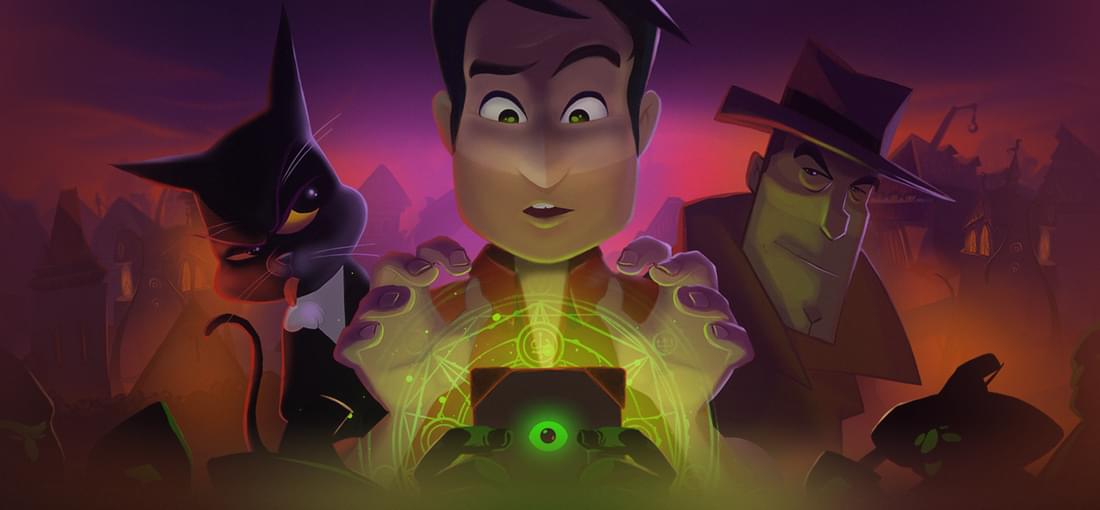
I was a little skeptical about Gibbous because of two reasons: 1) the past few dozen games which used "Lovecraftian" as a selling point failed miserably in this aspect (except Sundered) 2) the Lovecraftian horror and the LucasArts style lighthearted point'n'click adventures doesn't seem the match well. I'm shocked to say it, but it simply works here. Gibbous kept the main focus of the Lovecraft novellas: the protagonists have no chance to see the whole picture until the finale, and they are virtually defenseless against the horrors from the stars. A lot of games fail exactly here: if you can just shoot down the elder beings, then they are basically reduced to regular monsters. What really amazing is that this game actually managed to also put comical characters in such an environment without ruining it: the world is wacky, the characters are goofy, yet the danger lurks around them. But how good the game is as a point'n'click adventure? In my book there is three good approaches for this genre: - 90% of the puzzles should be solvable in 20 minutes max, with 10% requiring a lot of thinking and fresh mind (classic) - all hard puzzles (more like puzzle games with point'n'click UI) - easy puzzles but really good story (basically telltale) Gibbous is on the easy side of the spectrum, no puzzles require walkthroughs or hours-long thinking actually. There are a few ones which could use a little extra clues, but it usually limit your combinations and play area to an easily manageable level. The problematic part is that the first half of the story is not so amazing, I frequently found myself losing interest in the game because of the easy puzzles and mediocre plot. The second half was much better, but I'd still give the game a 4/5 objectively if it wouldn't hit me on a personal level: first the Lovecraftian motives, secondly Transylvania. I'm eastern European and that area really gave me good vibes. Btw I hate cats, but I have to admit Kitteh was an awesome character.
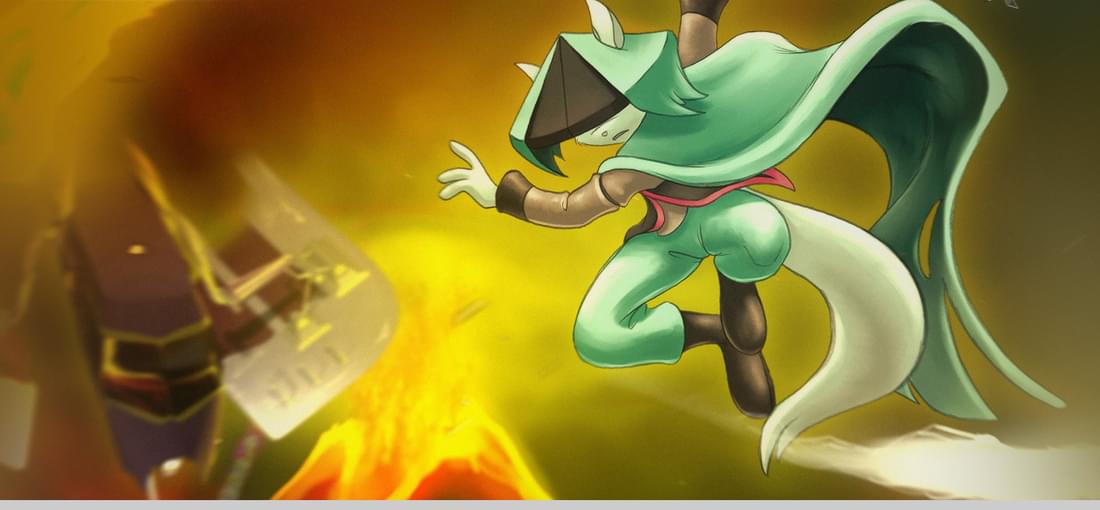
I liked the game, but there was a few annoying things that made me rate it 4/5. If I would be an insult to better metroidvania games like Ori if I'd give it 5 stars. First, the screen/object size ratio: despite Dust's movements let him flashing through enemies at insane speed, the screen is really limited in size. You can kinda live with it if you play from the couch or have a small monitor, but this is a really bad design decision, which hinder you in battles and adds an artificial difficulty to the treasure/secret finding (since most of the times they are not cleverly hidden or hard to reach, just simply not visible from the normal route and you need to make leaps of faith to find them). The story is sweet, but nothing special. I feel its quite toned down so it can be enjoyable for small kids too. Similarly the fighting part of the game is really easy, even if you rush it the battles will only take longer but you can just repeat the same combos. My biggest problem is that it tries to be a metroidvania, but lacks the great map designs of the genre. Yes, the map is splitted to sections and they repopulate with enemies each time you reenter them, but these encounters are tedious at best and the enemies are boring (basically each area has 2-3 grunt types which are nothing special, and 1-2 enemies which are kinda hard until you kill the first and find the right strategy against them). Yes, there are sections on every map you'll need later skills to reach, but they are not really well paced and due to the screen size you'll waste a lot of find finding treasures just to realize you can only get it later. I absolutely hated backtracking in this game, especially since Dust gets no movement which makes these backtracks faster, and he moves annoyingly slow outside battle. Oh, and I don't really like anthropomorphic animals, especially when the BBE has puppy eyes, but that is subjective.
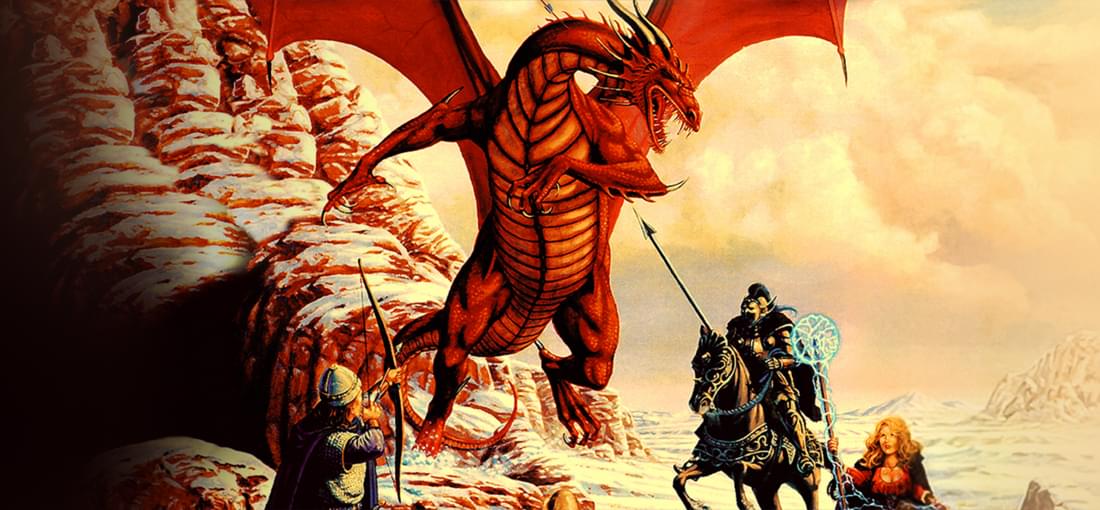
If you know nothing of the might and magic series, but love old dungeon crawlers and RPGs, give a chance to might and magic 7. I think that is the best introduction to the world and the gameplay. These games are extremely chill to play, I found myself installing one of them every year in the past 20 years. Notable mention that these were basically one of the first open-world games: not entirely true since the global map was cut up to smaller segments so the hw can handle it, but you could roam freely on the world map right from the start, and they even had a fly spell Might and magic 8 was the weakest of the MM6-7-8 (the three last pre-Ubisoft might and magic games, not mentioning the infamous MM9), shallower locations, npcs, quests, but still somehow entertaining. Why I still urge you to buy it is because of the MM678 merge mod. It only needs MM8, but as the name suggest merges all the three games with an added minor storyline. It also contains every visual upgrades other mods provide =resolution mods, better controls, unofficial patches), and you can freely move between Jadame, Enroth and Antagarich. It also fixes and balances things, for example you can reach level 140, but the enemies gets bolstered above 50, so the challenge remains (opposed to the vanilla games where you can easily get overpowered after a few hours if you have experience with the games). Also if you do this please buy the other 2 games too. You don't need to, but it is only fair. This is the best way to experience these games, even if you just want to play one story.
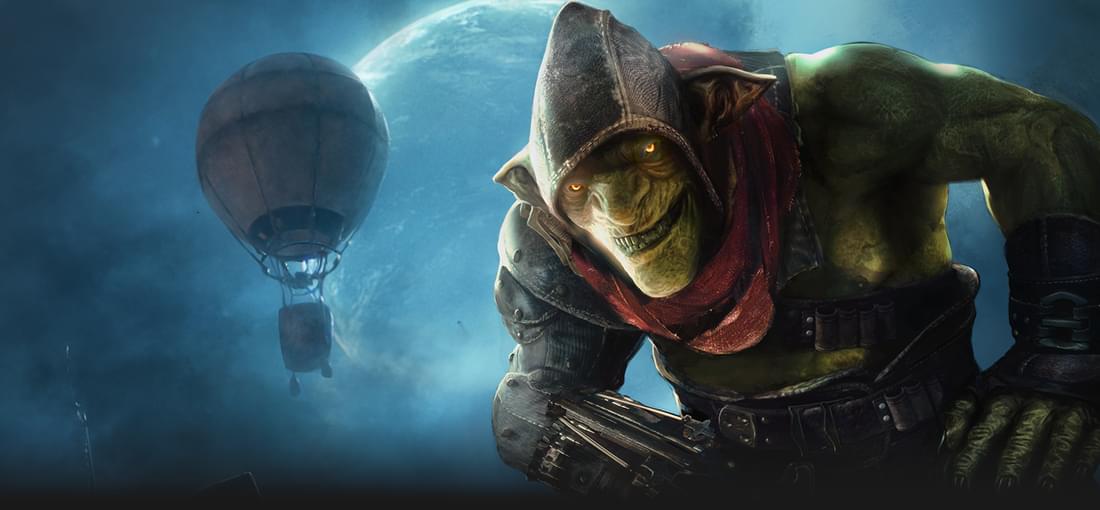
Assuming you've played Master of Shadows: + although Cyanide repeated the biggest letdown of the prequel (reusing maps which are already aimed to replay for challenges) its far less a problem here, since the levels are way less linear, bigger, uses the vertical dimensions way better, and you can always choose between at least 3 routes between A and B. There were a few boring ones with little possibilities, but I'm simply in love withthe City of hunters for example - unlike in MoS, there is no map at all. This is not always a problem, but I've played 4 times on Sanctuary and still couldn't draw up the overlay despite walking through every nook of it. + Stealth is way more rewarding. In the prequel I took the no kill challenges as a drag, but here the enemies are way harder to eliminate, and you have a lot more options to avoid them. +the controls are the same, but they've fortunately fixed the dropping mechanics: you don't automatically grab the ledge, you need to hold a trigger to it. A simple change but it was all the platforming aspect needed. + I love the new enemies and items/objects. Crafting added an extra purpose of combing trough the levels, but this is only a cheap trick to add gametime/objectives in all games like this. Here it at least makes a little sense though, since it would be strange to find Styx-specific bolts and such on the levels. Also loved that you can acquire some new daggers/armor. - The clones are way less useful than in the prequel, without upgrades they are basically just decoys, and once you can upgrade them you have little use of them. They came in handy to lure enemies into traps, fighting the first boss, pulling triggers so I don't have to backtrack, but I really miss the option to hide them in closets as a trap. And they can't distract/bomb armored opponents which are everywhere on the later levels. + Amber vision is now free + The AI was improved a little (still feels like artificial most of the time, but better)
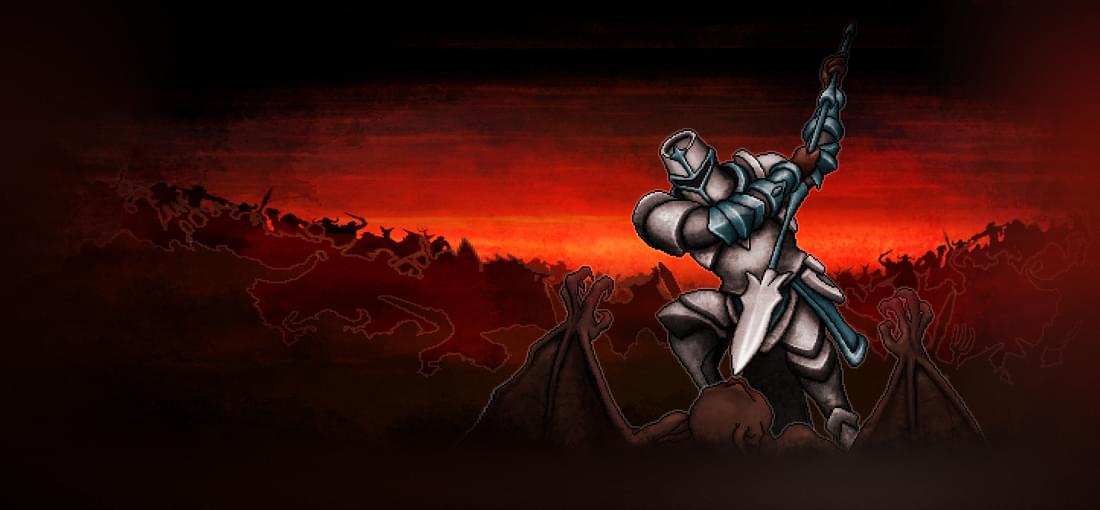

I love the genre, but the only thing I kinda liked in this one is the graphics. I've played 2 hours and gathered a list of things I hate: - the story and dialogues sound like when a 10 years old tries to write a novel after playing D&D two times. - sidequests: they are not always achievable. E.g. I've got a side quest to gather 6 mushroom from a certain type of enemy. The problem is that they are dropped from a mushroom enemy, and only after the quest starts. By the time I've found the quest, I've already killed 2, and there was only 6 on the map. -Formation: you would assume it works like 99% of the JRPGs, so the melee attackers get damage reduction against enemies in the back row until the front row is eliminated. But not here. Here there is 3 lanes: you can do 100% damage n front of you, 75% to the next lane and 50% 2 lanes away. This is an insanely idiotic mechanic combined with the fact that each character can deal certain types of damage and each enemy has weaknesses and resistances. It wouldn't be a problem if you could adjust your formation just before the fight, but as it is your damage capacity is heavily determined by pure luck. Oh, and you can't even flee in the first turns. -Grinding: only characters in your party gets experience, and they do it painfully slowly for minor increments. I've never seen a game where I had to clear out the first level 5 times to level up a single time. I've cleared 7 maps completely yet not found enough materials to craft basic equipment (by the time got better from vendors). -Items: no shopping between levels and I have no idea how I can sell old equipment after 2 hours. -Traps: painful at first, then you realize most of them gives only a minor debuff for a few movements, and lockpicks/disarm kits are plentiful after 1-2 levels. -Equipment: each character can wear 2, the type is based on their class, but don't ask me how an axe in increase the efficiency of bows, but she can't wear armor. I could go on, but char limit.
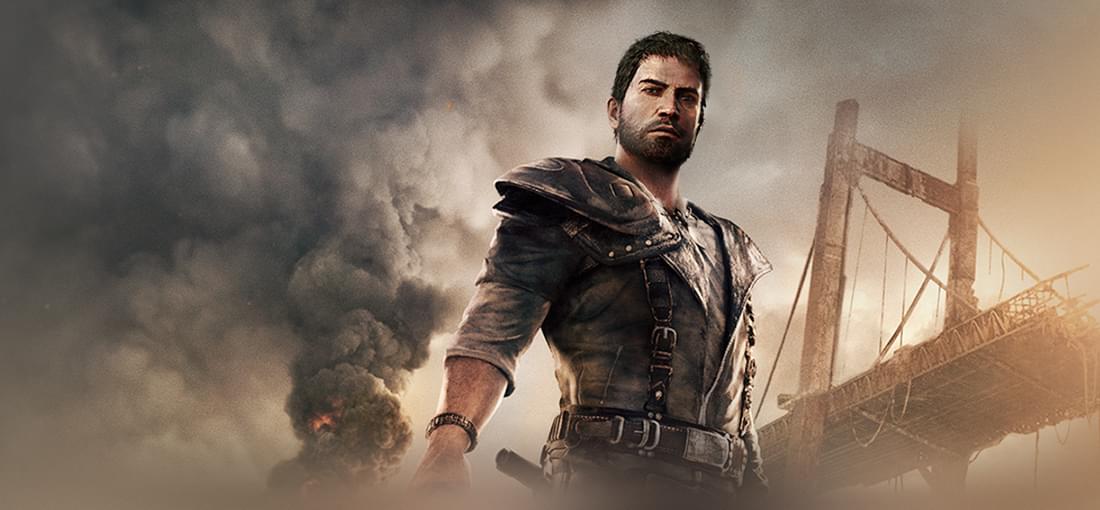
Mad Max is an open world action game where you spend half your time driving on desert roads, and the other half on foot. I'm usually not enjoying driving in games, but here the good variety of car battles and the smart visual tricks really made it enjoyable. The on-foot brawling was even more fun: it is a really simple system with weapons that quickly break, parrying, using combos, rage mode, basically a rhythm game, but the feeling when you achieve victory against 8-10 enemies always reminded me of that scene in the Oldboy movie. The best thing about the game is obviously the Mad Max feeling and the lore elements. 90% of the scavenging locations, forts, strongholds, NPCs are carefully designed, and you get a lot of lore segments. Nitpickings: - The game is a little too long for its own sake, with high repetition. Basically you need to capture 1-3 forts, defuse 1-2 minefields, take down 2-6 scarecrows, eliminate a convoy and kill 2-4 snipers in each region. The problem is that there is 15 of those regions, and most of these are not fun (after a while). All those different, unique, atmospheric forts really saved the middle section of the game for me. - Upgrading your car is really expensive and limited by side/main quests and the activities in my first point. You don't have to grind though if you go for 100% completion, you'll have tons of extra scraps. - A few times there were some really annoying bugs, like the map disappeared, a storm hit me during racing and I went into a cycle of respawning in the kamikaze car and instantly exploding. - The jumping/platforming aspect is terribly clunky, but it is seldom needed luckily. Little things to enjoy: - The in-game achievement system (which also gives character progression points) have some really enjoyable/challenging achievements, and encourage you to explore your options. - There is racing in the game which is mostly fun, but completely optional. - No penalty for fast travel. - Long game but never felt grindy.